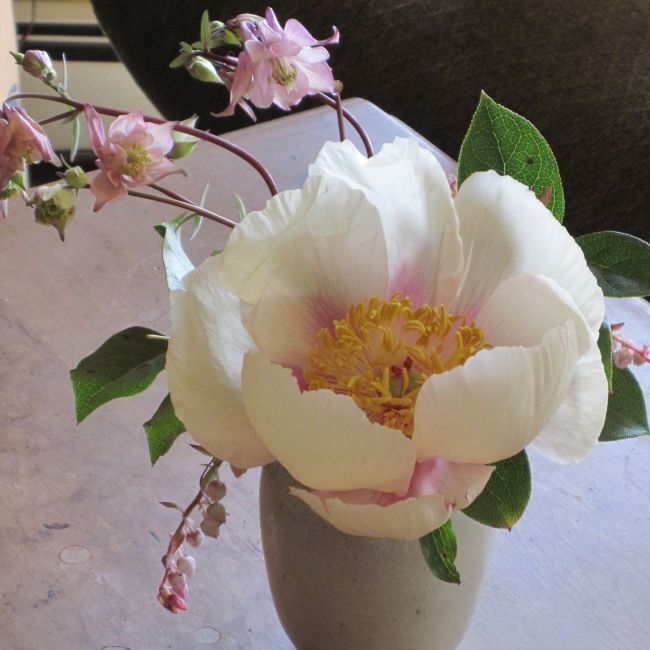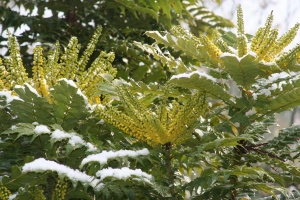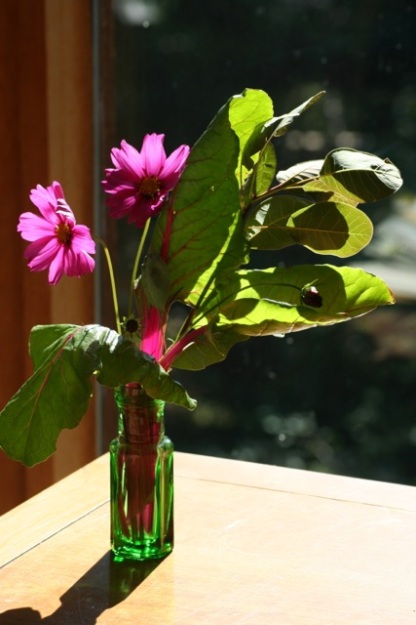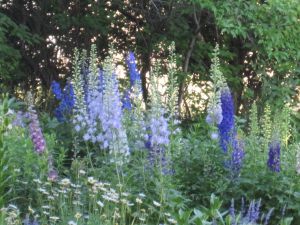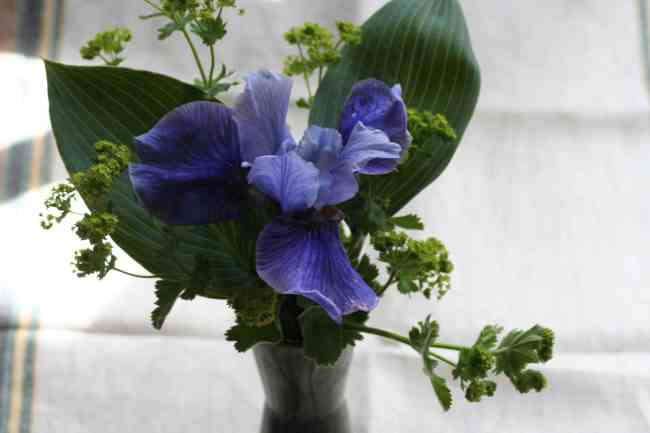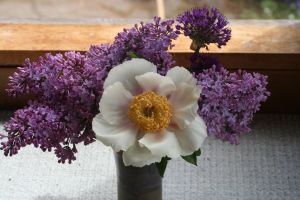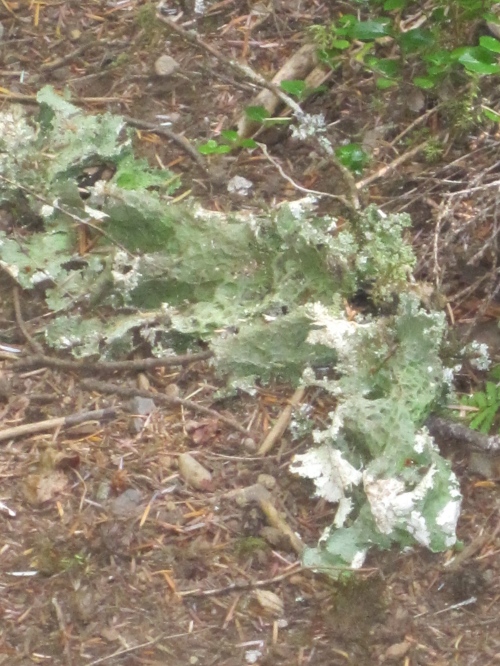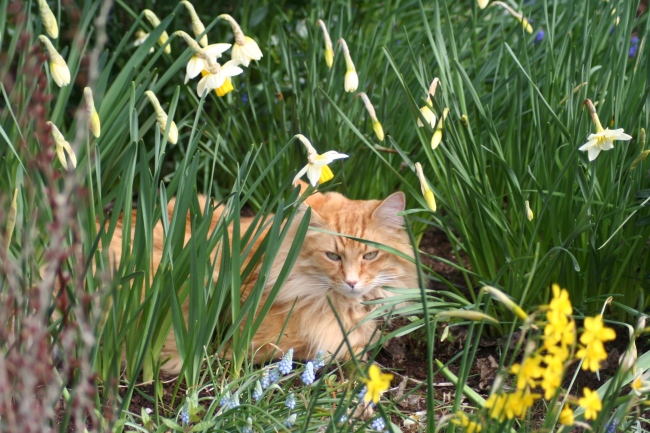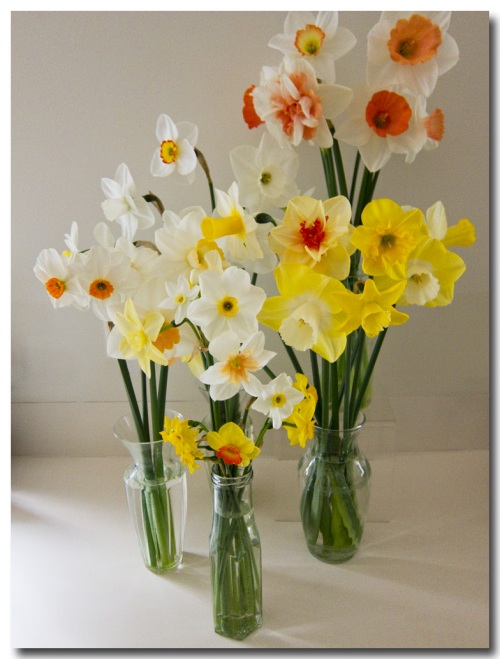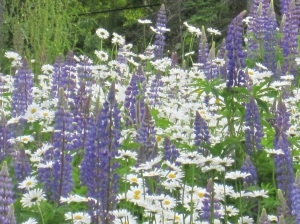 i
i
South Bristol, Maine, June 12
A summer of travel — two round trips to Boston, ten days in Wyoming, wandering a bit through New England and sharing Boston with Vivian, where she’ll start school for her third grade year on Wednesday the 4th. She’s joined our family of eager readers –and I’ve joined her in giggling over Ivy and Bean. We saw the Ware Glass Flowers at the Harvard Museum of Natural History –their beauty an astonishment indeed after a lengthy hiatus for restoration. Vivian, however, expected more of a sparkling eye candy feast, ‘Oh, but Grandma, they look so real!’
Lupines in Maine, glorious fun — and a brief visit to the island home of the woman who inspired the children’s book about lupines painting the landscape. In Wyoming, the sorrow of my sister’s husband’s death — John Schiffer served Wyoming as state senator for 21 years, including presiding over the Senate. His services –beautifully planned by Nan and her children—brought together nearly 800 people to honor him. Honor they did, with military honors, the presence of governors, and the tears of friends and family who knew him as legislator and life-time rancher, as husband, father, and grandfather. To read the tributes to his integrity and his service as the model of what we could wish for in all political servants, look up John Schiffer.
September 1 will bring my New Year celebration — always, as student and teacher, the year begins now. The garden’s seriously dry, with even native plants drooping. My vow to avoid watering — and my choice of plants that can cope with dry weather — has been challenged by the last 3 weeks. Perhaps this year I will truly contemplate some variety of cistern so the plants thrive more happily and I won’t need to water with potable drinking water.
Health continues stable — another clear CT scan two weeks ago ‘nothing there but what was already there.’ I cherish the days and time to write and think. Happy New Year to all. Mary
